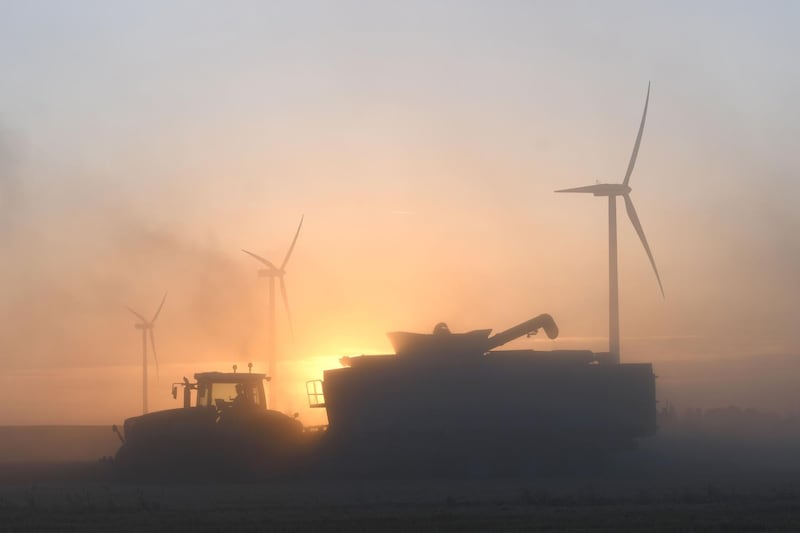The European Union (EU) will require investment of around €62 billion euros (US$76.5bn) annually to achieve 34 per cent renewables in its power mix by 2030, Abu Dhabi-based International Renewable Energy Agency (Irena) said in a report on Tuesday.
The EU, which currently sources around 17 per cent of its power needs from renewable sources, could double this share in the next 12 years, by accelerating deployment of additional investments , said Irena director general Adnan Z Amin.
The 28-member bloc has been at the forefront of renewables deployment globally, with some EU members such as Germany deriving 35 per cent of their power needs from green sources, with plans underway to double this capacity.
Europe's oil giants, such as Norway which built its wealth from fossil fuels, has pledged complete divestment from hydrocarbons through its oil-backed sovereign wealth fund - one of the world’s largest.
The EU has potential to grow its renewable energy capacities over the next 12 years, with installed capacities for wind and solar likely to reach 327 Gigawatts and 270 GW from 97 GW and 86 GW presently, Irena said in its report.
The bloc’s power sector is also likely to consume around 50 per cent renewables by 2030, compared with just under 30 per cent in 2015.
_______________
Read more:
[ Middle East renewable energy targets require as much as $40bn capital investment, says GE ]
[ EU wants talks with US over solar tariffs ]
_______________
In terms of end-use sectors, renewables would account for 42 per cent of energy in buildings, 36 per cent in industry as well as 17 per cent in transport, added the report.
The EU is currently working towards targets to lower emissions by 15 per cent by 2030, bringing it closer to a 40 per cent emissions target, when compared with benchmarks in 1990.
Europe's moves to decarbonise, which have in recent years included moving away from nuclear-fired power stations as in the case of France and Germany to more solar and wind capacities, will save the group between €44bn euros and €113bn annually by 2030, according to Irena.
A major push for EU’s moves towards cleaner sources for fuels apart from emissions-related concerns are scarce gas resourcea. The continent imports the fuel via pipeline from Russia, particularly to see through harsh winter months. The gas supply has in the past become a political tool due to tensions with Moscow, with the EU looking at diverse sources to meet energy deficits.







